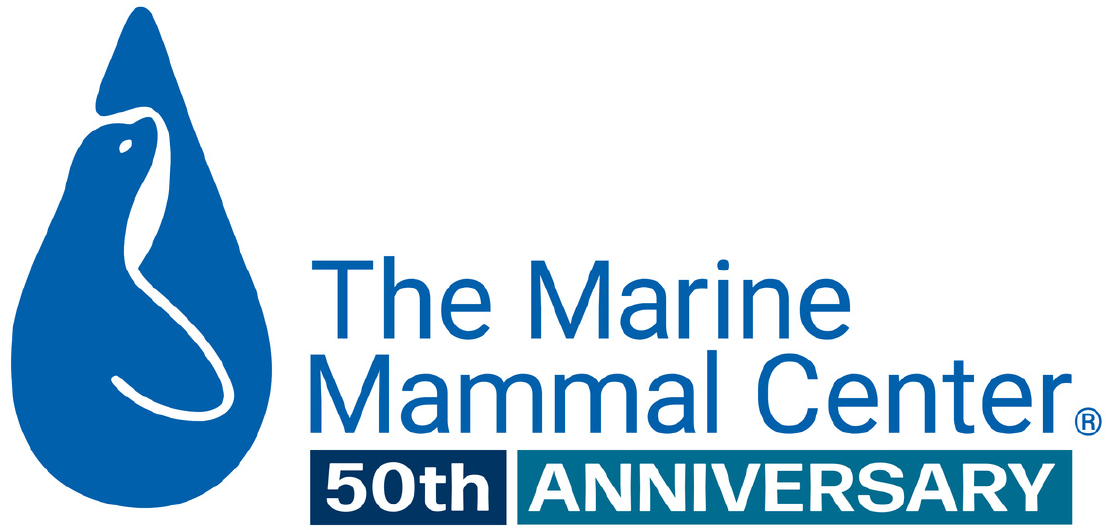
Multi-Phase Muscle Breakdown in California Sea Lions
- Infectious disease
Abstract
A myositis syndrome has been recognized for more than a decade in California sea lions (CSLs; Zalophus californianus) but a detailed description of the lesions and potential causes of this condition is lacking. The tissues of 136 stranded CSLs with rhabdomyositis were examined. Rhabdomyositis was considered incidental in 67% (91/136) of the CSLs, and a factor contributing to the animal stranding (significant rhabdomyositis) in 33% (45/136). Of the 91 cases with incidental rhabdomyositis, lesions consisted of a few small foci of lymphohistiocytic inflammation. Of the 45 cases with significant rhabdomyositis, 28 (62%) also presented with major comorbidities such as leptospirosis (2 animals) and domoic acid toxicosis (6 animals), whereas 17 (38%) had severe polyphasic rhabdomyositis as the only major disease process associated with mortality. In these animals, most striated muscles had multiple white streaks and diffuse atrophy. Microscopically, there was myofiber necrosis surrounded by lymphocytes and histiocytes admixed with areas of myofiber regeneration, and/or moderate to severe rhabdomyocyte atrophy usually adjacent to intact Sarcocystis neurona cysts. At the interface of affected and normal muscle, occasional T lymphocytes infiltrated the sarcoplasm of intact myocytes, and occasional myofibers expressed MHCII proteins in the sarcoplasm. S. neurona antibody titers and cyst burden were higher in animals with significant polymyositis antibody titers of (26125 ± 2164, 4.5 ± 1.2 cysts per section) and active myonecrosis than animals with incidental rhabdomyositis antibody titers of (7612 ± 1042, 1.7 ± 0.82 cysts per section). The presented findings suggest that S. neurona infection and immune-mediated mechanisms could be associated with significant polyphasic rhabdomyositis in CSLs.
Mauricio Seguel, Kathleen M. Colegrove, Cara Field, Sophie Whoriskey, Tenaya Norris, and Pádraig Duignan. Polyphasic Rhabdomyositis in California Sea Lions (Zalophus Californianus): Pathology and Potential Causes. Veterinary Pathology 1-11
Meet The Experts
{"image":"\/People\/Portrait\/cara-field.jpg","alt":"Cara Field","title":"Cara Field","text":"Director, Conservation Medicine","link_url":"https:\/\/www.marinemammalcenter.org\/person\/cara-field","link_text":"Read Bio"}

{"image":"\/People\/Portrait\/cropped-images\/Padraig Duignan-0-56-635-496-1601760621.jpg","alt":"Padraig Duignan","title":"P\u00e1draig Duignan","text":"Director of Pathology","link_url":"https:\/\/www.marinemammalcenter.org\/person\/padraig-duignan","link_text":"Read Bio"}

{"image":"\/People\/Portrait\/cropped-images\/sophie-whoriskey-by-bill-hunnewell-c-the-marine-mammal-center-0-0-2008-1489-1601938777.jpg","alt":"Sophie Whoriskey","title":"Sophie Whoriskey","text":"Associate Director, Hawai\u2019i Conservation Medicine","link_url":"https:\/\/www.marinemammalcenter.org\/person\/sophie-whoriskey","link_text":"Read Bio"}

Related Publications
{"image":"\/Animals\/Wild\/Other species\/nz-sea-lion-shutterstock.jpg","alt":"New Zealand sea lion","title":"Causes of Death in Two Populations of New Zealand Sea Lions","link_url":"https:\/\/www.marinemammalcenter.org\/publications\/causes-of-death-in-two-populations-of-new-zealand-sea-lions","label":"Research Paper"}

{"image":"\/Animals\/Patients\/California sea lions\/csl-by-bill-hunnewell-c-the-marine-mammal-center-6.jpg","alt":"California sea lions","title":"Zoonotic Bacteria Persistence and Susceptibility","link_url":"https:\/\/www.marinemammalcenter.org\/publications\/zoonotic-bacteria-persistence-and-susceptibility","label":"Research Paper"}

{"image":"\/Animals\/Patients\/California sea lions\/cropped-images\/csl-photo-by-bill-hunnewell-c-the-marine-mammal-center-1-0-0-2358-1722-1600891644.jpg","alt":"California sea lions","title":"Emerging Viruses in Marine Mammals","link_url":"https:\/\/www.marinemammalcenter.org\/publications\/emerging-viruses-in-marine-mammals","label":"Research Paper"}

{"image":"\/Animals\/Wild\/Other species\/nz-sea-lion-shutterstock.jpg","alt":"New Zealand sea lion","title":"Tuberculosis in New Zealand Seals, Sea Lions and Dolphins","link_url":"https:\/\/www.marinemammalcenter.org\/publications\/tuberculosis-in-new-zealand-seals-sea-lions-and-dolphins","label":"Research Paper"}

Recent News
{"image":"\/Animals\/Patients\/Hawaiian monk seals\/2025\/cropped-images\/d-ru28release-exam-at-ke-kai-ola111025photo-by-giancarlo-rulli-c-the-marine-mammal-center-noaa-permit-24359-0-0-1270-992-1764620886.jpg","alt":"","title":"Bird Flu Vaccine Trial Offers Hope for Protecting Hawaiian Monk Seals","link_url":"https:\/\/www.marinemammalcenter.org\/news\/bird-flu-vaccine-trial-may-offer-hope-for-protecting-hawaiian-monk-seals","label":"News Update","date":"2025-12-01 08:13:00"}

Bird Flu Vaccine Trial Offers Hope for Protecting Hawaiian Monk Seals
December 1, 2025
Read More{"image":"\/Animals\/Patients\/Hawaiian monk seals\/2021\/hms-pp08-by-sheila-latta-c-the-marine-mammal-center-noaa-permit-18786.jpg","alt":"Hawaiian monk seal","title":"The New York Times: Inside the Bird-Flu Vaccine Trial for Monk Seals","link_url":"https:\/\/www.marinemammalcenter.org\/news\/the-new-york-times-inside-the-bird-flu-vaccine-trial-for-monk-seals","label":"In the News","date":"2025-12-01 01:00:00"}

The New York Times: Inside the Bird-Flu Vaccine Trial for Monk Seals
December 1, 2025
Read More{"image":"\/Animals\/Wild\/Sea otter\/so-wild-morro-bayphoto-c-brian-simuro-20.jpeg","alt":"Sea otter and pup","title":"Watch a Sea Otter Pup Reunite With Its Mother","link_url":"https:\/\/www.marinemammalcenter.org\/news\/watch-sea-otter-pup-reunite-with-its-mother","label":"News Update","date":"2025-11-14 10:35:41"}

{"image":"\/Animals\/Wild\/Sea otter\/sea-otter-photo-c-brian-simuro.jpeg","alt":"Sea otter","title":"AP News: Baby sea otter is reunited with mother in central California after dramatic rescue","link_url":"https:\/\/www.marinemammalcenter.org\/news\/ap-news-baby-sea-otter-is-reunited-with-mother-in-central-california-after-dramatic-rescue","label":"In the News","date":"2025-11-14 09:46:34"}

AP News: Baby sea otter is reunited with mother in central California after dramatic rescue
November 14, 2025
Read More